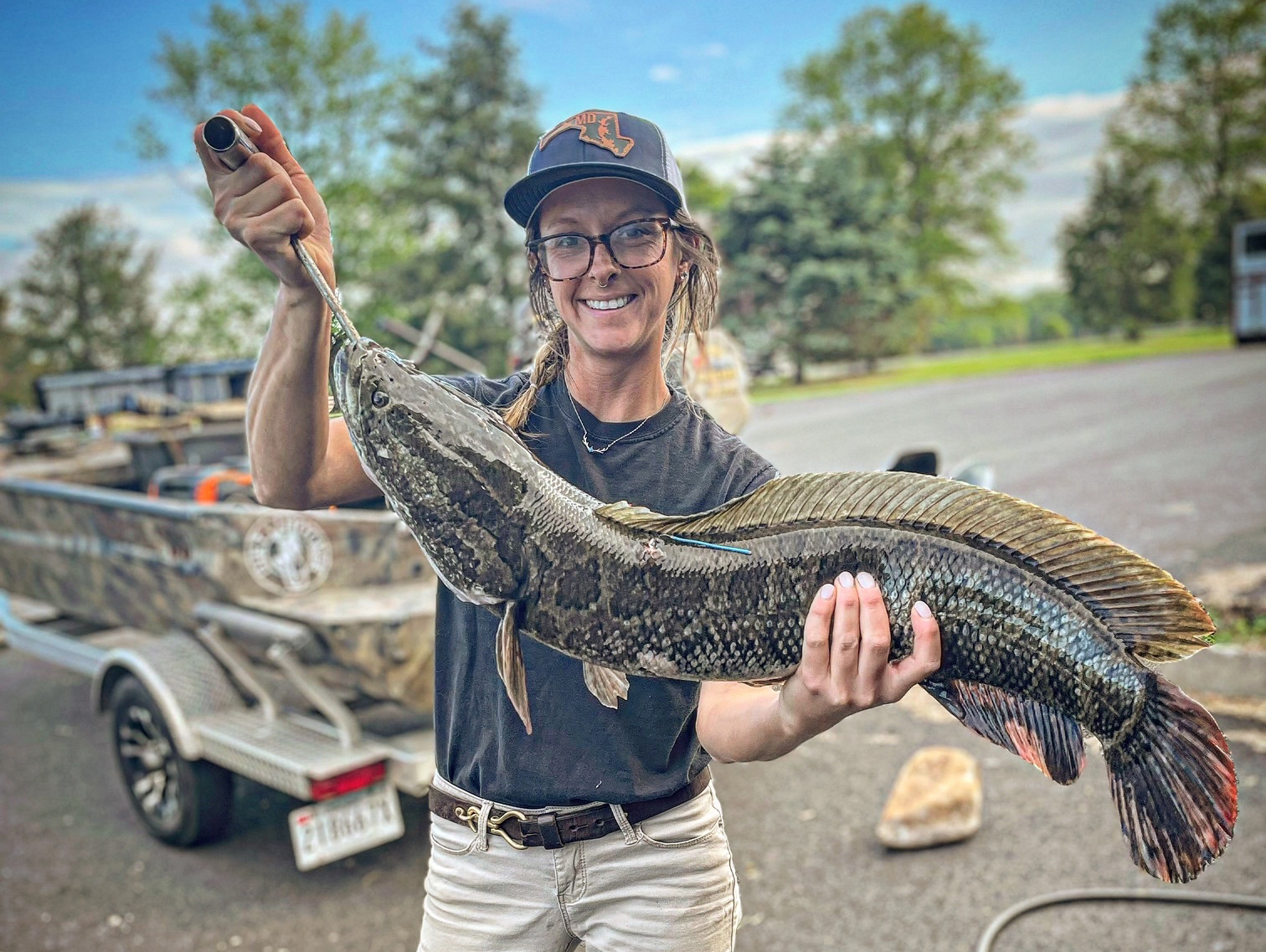Back to the OP here. Admittedly, I’m not a Snakehead guy, though I don’t have strong feelings on one side of this issue or the other. That said, I found and read the actual MD DNR posting about this program (not a news outlet article).
Do I have this straight?…
MD wants to slow the proliferation of Snakeheads. It is not illegal to release a Snakehead caught in MD, but anglers are “encouraged” to kill any Snakehead they catch. So, MD is going to catch, tag, and RELEASE 500 Snakeheads, and then only pay a bounty on the tagged fish? Why not just kill the 500 Snakeheads you just caught? I assume they’re gonna tag bigger fish and bonk everything else they catch in the process, but still, you’re gonna release 500, presumably mature Snakeheads you just caught?
I guess the idea is to increase Snakehead angling under the assumption that bounty anglers will be killing all Snakeheads they catch, not just the tagged ones, even if they’re not required to?
It says the tagged fish will range from $10-$200. Let’s just assume for a second that all 500 were $10 each. You have the potential invested of spending at least $5,000 on this program. (Granted, all will not be caught, but for the sake of discussion assume they were.) Why not pay $1/Snakehead for the first 5,000 Snakeheads over a certain size caught, killed, documented, and reported period? You get 10x the return on your investment. If it works, and you wanna invest another $5,000, then do it, and so on.
This is silly to the point that I assume I am missing something obvious here, and am ready to have it explained to me.
Bonus Question: Is it still illegal to release a caught Snakehead in PA? I’ve never caught one, but, if still illegal to release one, I would kill it. If legal to release them, I’d probably still keep and eat the first one I caught. They’re supposed to be good right? After that I’d weigh how good they tasted vs. how good their sporting value seemed from the one I caught and go from there. Mmmmm, tasty Snakeheads? So I guess that’s my position on Snakeheads in PA.
Also, nice Cats Mike.

 www.outdoorlife.com
www.outdoorlife.com







